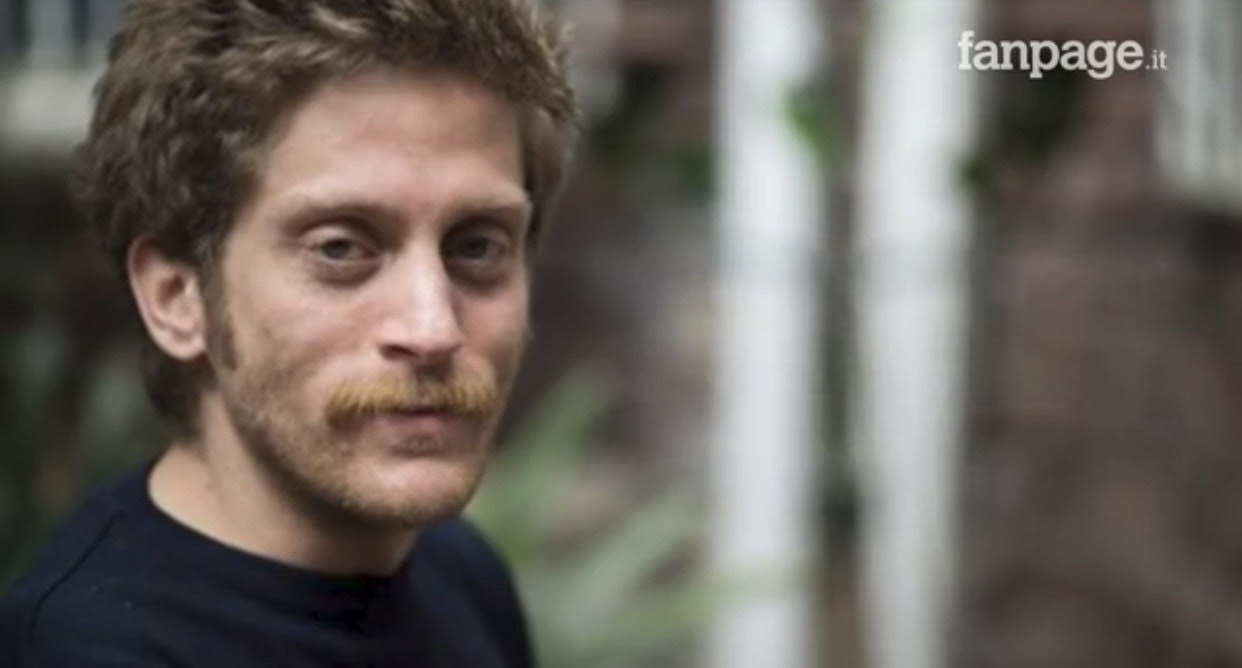More than 90 days have now passed since the death of Carmine Mario Paciolla, the 33-year-old from Naples, a UN volunteer in Colombia. After almost a month of silence, over the weekend, the magazine “Semana” published the results of the autopsy carried out by Colombian doctors. The evaluation confirmed the suicide, “if the investigative work excludes other circumstances relating to the manner of death”, is reported on the document.

The lifeless body of the Italian volunteer was found on the morning of July 15th, hanging from the ceiling by a sheet tied around his neck, in his apartment in San Vicente del Caguán, Bogotà. The body also had knife wounds on the wrists.
From the start, the Colombian authorities followed the suicide trail, while the Rome prosecutor’s office opened an investigation into the murder. There are various suspicions that would challenge the hypothesis that Mario took his own life.
First, some members of the UN Verification Mission contaminated the crime scene, collecting the personal effects of the 33-year-old Neapolitan. In particular, it was Christian Leonardo Thompson Garzón who was the first to find Paciolla’s lifeless body and ordered the house to be cleaned, in the critical hours of the investigation. The UN subsequently revoked the diplomatic immunity of all those who could have collaborated with the Italian and Colombian investigations, and launched another one within the organization, but the UN has always kept silent. A month ago, La Voce di New York, asked during the press briefing if there would be a recall of the leaders of the UN Mission due to the mismanagement of the situation, but the spokesman Stéphane Dujarric, has neither denied nor confirmed the hypothesis.
It is not only the Italian justice system that never believed in the suicide hypothesis, but also Paciolla’s friend, the journalist Claudia Julieta Duque. In “El Espectador” she wrote that Mario’s death could perhaps be connected with the fall of former defense minister Guillermo Botero. On 29th August 2019, Paciolla documented the bombing of the dissident camp in which eight children died. The report was to remain within the UN Mission, but was subsequently forwarded to Senator Roy Barreras, on the decision of Raul Rosende, director of the Mission Verification area. The scandal of that affair led in November to the resignation of the then-Minister of Defense, Guillermo Botero. From that moment, Duque wrote, Paciolla “felt in danger, betrayed and angry with his superiors.”
Mario’s terror was also confirmed by his mother, Anna Motta, who described her son as extremely worried in the days leading up to his death. Even his ex-girlfriend, Ilaria Izzo, told the authorities that Mario “was crying in our last phone calls, he was afraid he was being followed”. Before he died he was planning to escape from San Vicente di Caguán, to move first to Bogotà, and then to reach Naples with a ticket from Paris, booked for July 20th. His ex-girlfriend should also have left with him, but she had no intention of leaving the country. Because of this Mario had become “obsessive”, they quarreled and the night before he died, after a fit of tears, he would confess that she had been “the love of his life.”

According to what was written by the Colombian magazine, the report documented that the sheet “was wrapped around his neck four times and ended in a knot.” In addition, Mario’s body had “five cuts between 1.3 and 3.5 centimeters long and 3 millimeters deep” on his right forearm. There were “three cuts less than 2.7 centimeters and 4 millimeters deep” on his left forearm. The cuts caused damage to the tendons and for the forensic report, these injuries were self-inflicted. According to the autopsy, “two knives, a pool, and two containers full of blood were found.” These details would be important, since in Italy one wonders how Mario could have tied such a sophisticated knot in those conditions. “Semana” said they consulted medical examiners, who replied that wrapping the sheet around his neck in that way would be “difficult, but not impossible.” Some blood samples were sent to a laboratory for a DNA test, since in Italy, the large amount of blood found in the apartment raised doubts about the compatibility with the wounds found on the arms.
The cause of death may be asphyxiation “caused by the compression of the blood vessels of the pendant neck during suffocation.”
The report also mentions two computers (one of which was found switched on), two cell phones and a hard disk. These elements would reveal the details of the work done by Mario Paciolla, which have led to the suspicions surrounding his death.
La Voce di New York asked the spokesman of the UN Secretary General, Stéphane Dujarric, what the UN thinks about the outcome of the autopsy, but his response was very vague: “I do not comment on the direction of the investigation” and he added: “I understand the interest in this great tragedy. We are continuing to collaborate with both the Italian and Colombian authorities.”












